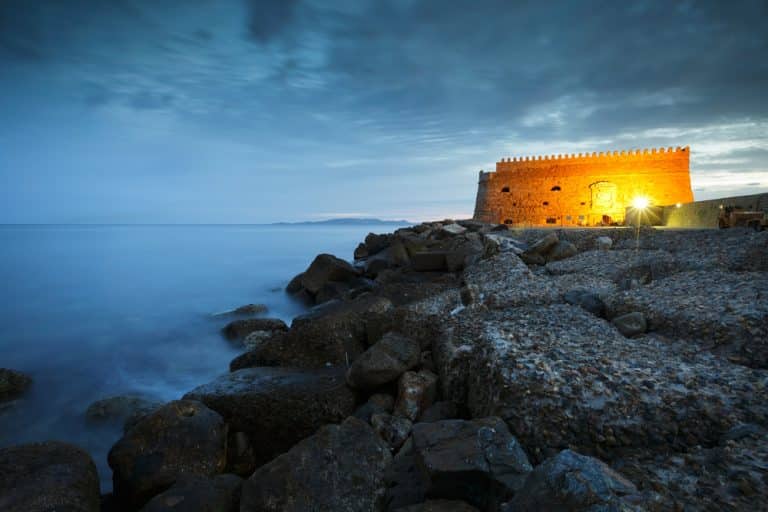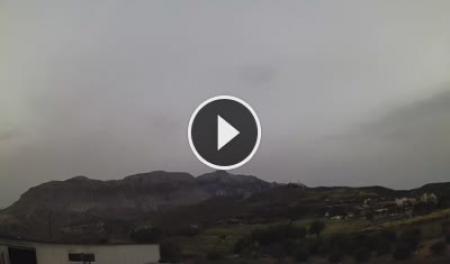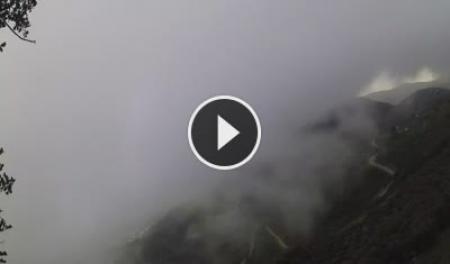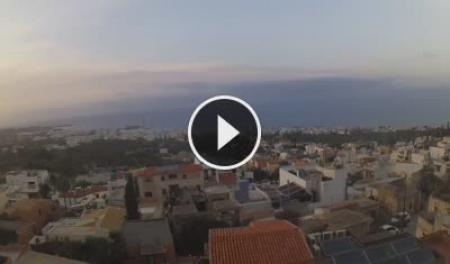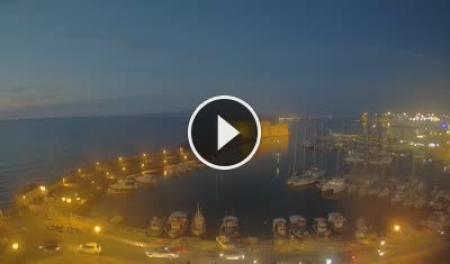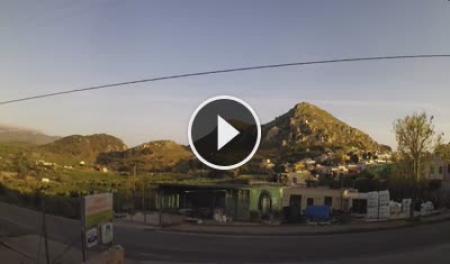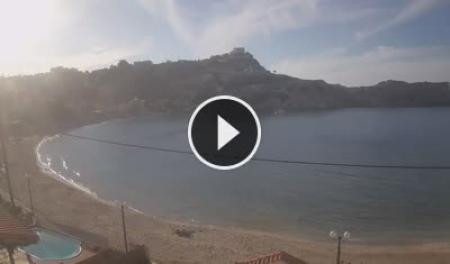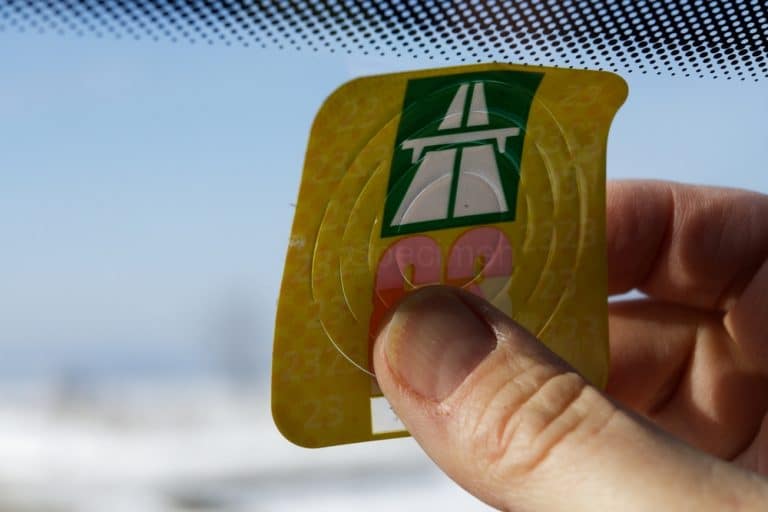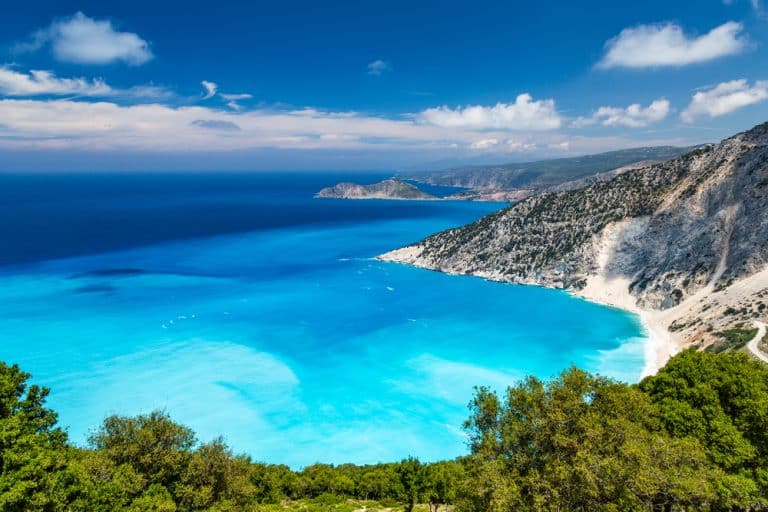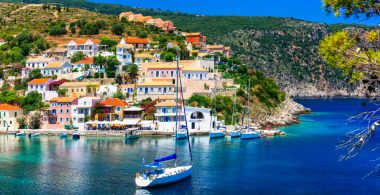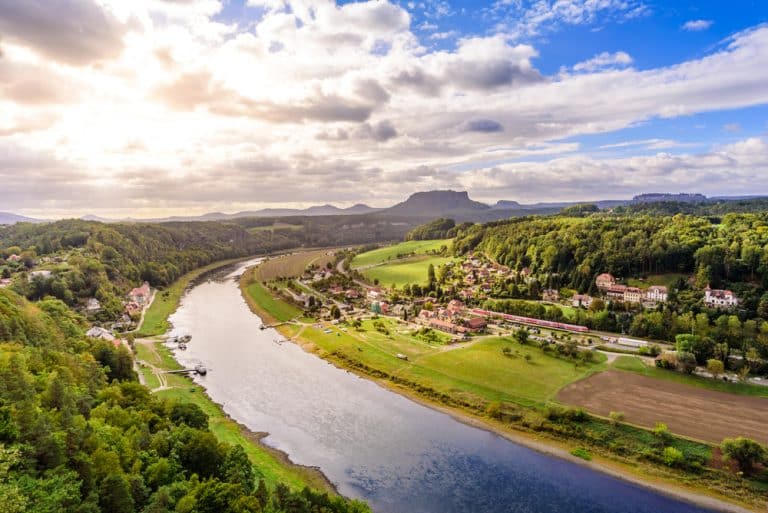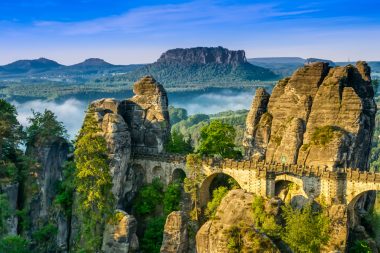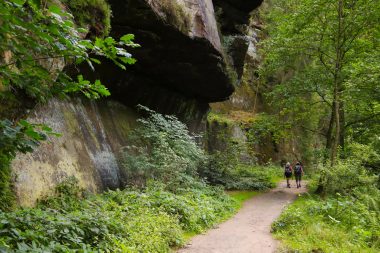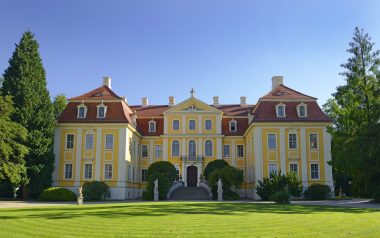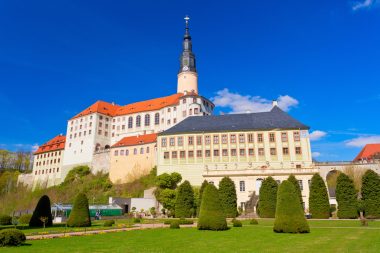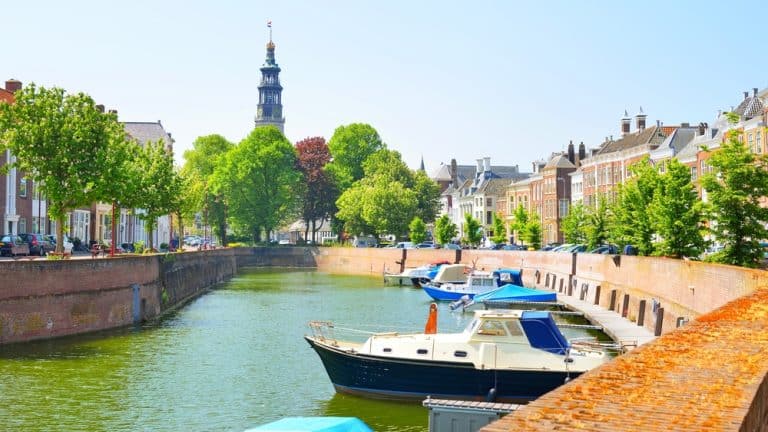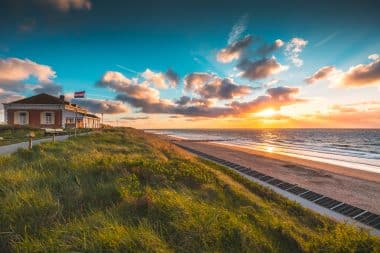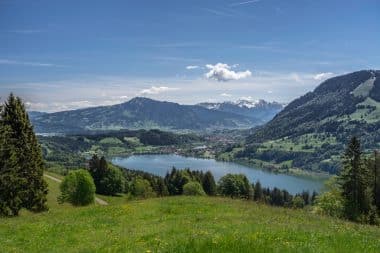One of the most popular holiday destinations in Greece is the island of Crete. If you spend your holiday here, you should definitely visit Heraklion. The largest city on the island is not only considered one of the liveliest cities in the country, it also has a lot to see and experience.
Among other things, you should not miss a leisurely stroll through the picturesque alleys of the historic old town with its numerous small cafés and cozy taverns. An extremely popular photo motif is the large lion fountain on the Platia Venizelou, the so-called Freedom Square, right in the center of the city. The town’s town hall is also housed in a magnificent building near the square. On weekdays, the building can also be visited from the inside – even without an official tour. It is particularly worthwhile to take a look at the large hall. In addition, Heraklion is one of the most historic cities in the Mediterranean region.
Venetian port and fortress of Koules
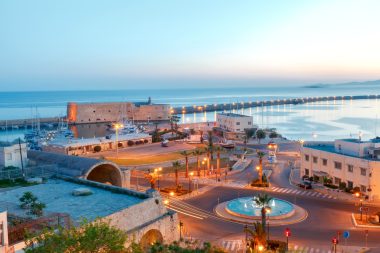
One of the most popular tourist destinations and at the same time the most famous landmark of the city is the old Venetian harbor. Today, this is used by many locals and tourists as a marina. At the entrance to the port is the imposing medieval fortress of Koules, which also attracts thousands of tourists from all over the world, especially in the summer months. The two-kilometre-long pier of the modern harbour begins at the Venetian harbour. This is also one of the most popular hiking tours on the island. The impressive fortress, which was built in the early 16th century, has been destroyed several times in the past century, but has also been rebuilt again and again.
After extensive restoration work in the recent past, it is still in good condition today. Inside the impressive complex, you not only get an exciting insight into the history of the fortress, but also into the eventful history of the city. From the fortress you can also enjoy a great view over the entire city and the sea. Another highlight on a trip to Heraklion is the huge Minoas Palace of Knossós. It is located six kilometers south of the city and is visited by more than 1,000,000 people from all over the world every year.
“Pure nature” in the city park
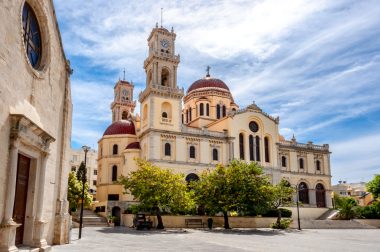
If you want to relax in Heraklion and really enjoy the local nature, the city park in the immediate vicinity of Eleftherias Square is the right place for you. At the southern end of the park is the former Venetian city wall, which is worth seeing, about three kilometers long and still borders the park today. On the southern edge of the park, you can take a closer look at the historic fortification, which has seven bastions. For example, you can descend a steep staircase into the former moat of the city wall.
If you have time, it’s worth taking a walk along the city wall to soak up the special atmosphere of the park. In addition, concerts and festivals take place regularly in the “green oasis of the city”. In search of culture, visitors will find what they are looking for in the Thaila Aira Theatre or the Thaila Duran theatre theatre, among others. If you are travelling in the region at the beginning of August, you should not miss the traditional four-day cultural festival in the settlement of Houdetsi . In addition to lots of dance, music and art, there is also regional cuisine to experience. The festival, which is extremely popular with locals and tourists, is a good opportunity to get to know the regional culture – and with free admission. Heraklion has also been famous for the production of high-quality olive oil for decades. Wine is also considered an important cultural asset of the entire region. No wonder: after all, the city has been surrounded by numerous vineyards for years.
Museums give an insight into the culture of the Minoans
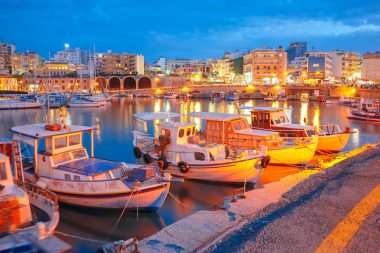
The National Archaeological Museum on the north side of Platia Eleftheria is also not to be missed when visiting Heraklion. Here is the largest collection in the world from the Minoan period, which is considered the birth of European culture. If you want to learn something about the exciting history and the unique culture of the city, the Historical Museum and the Natural History Museum are just as right as the small icon museum in the church of Agia Ekaterini. For many visitors, the holiday in Heraklion begins at the international airport. This is located about three kilometres east of the city centre and is regularly served by numerous small and large European airlines, especially in the summer months. In addition, many visitors also reach the city by ship at the port.


